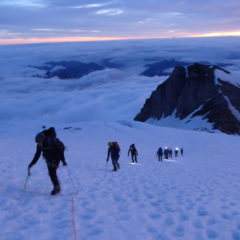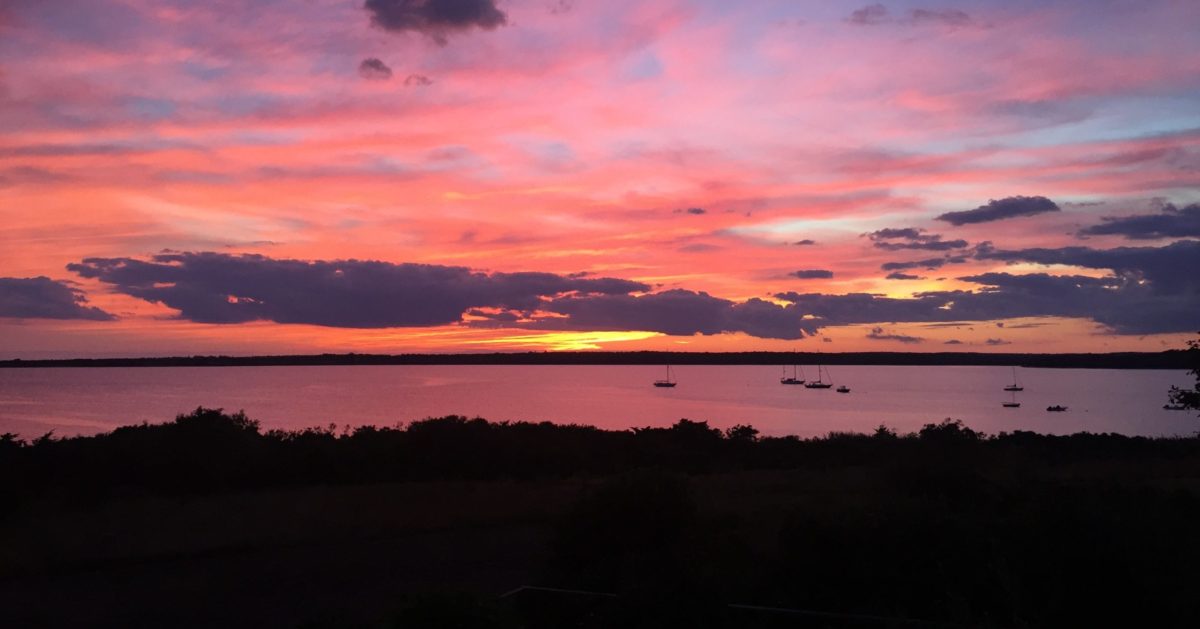Jill and I have been in Vermont for over two months. I have been training hard, searching for cross country ski races that aren’t cancelled due to Covid, and crossing my fingers that the spring Everest climbing season happens. On a number of dimensions, things are starting to resolve themselves.
Cross country skiing
Vermont has had a snowy winter and the skiing has been amazing. Pretty much every day, I head into beautiful countryside: cruising for hours over ridgelines and down valleys, or hammering repeat hill climbs that leave me gasping over my poles. Here is a photo taken during a recent outing.
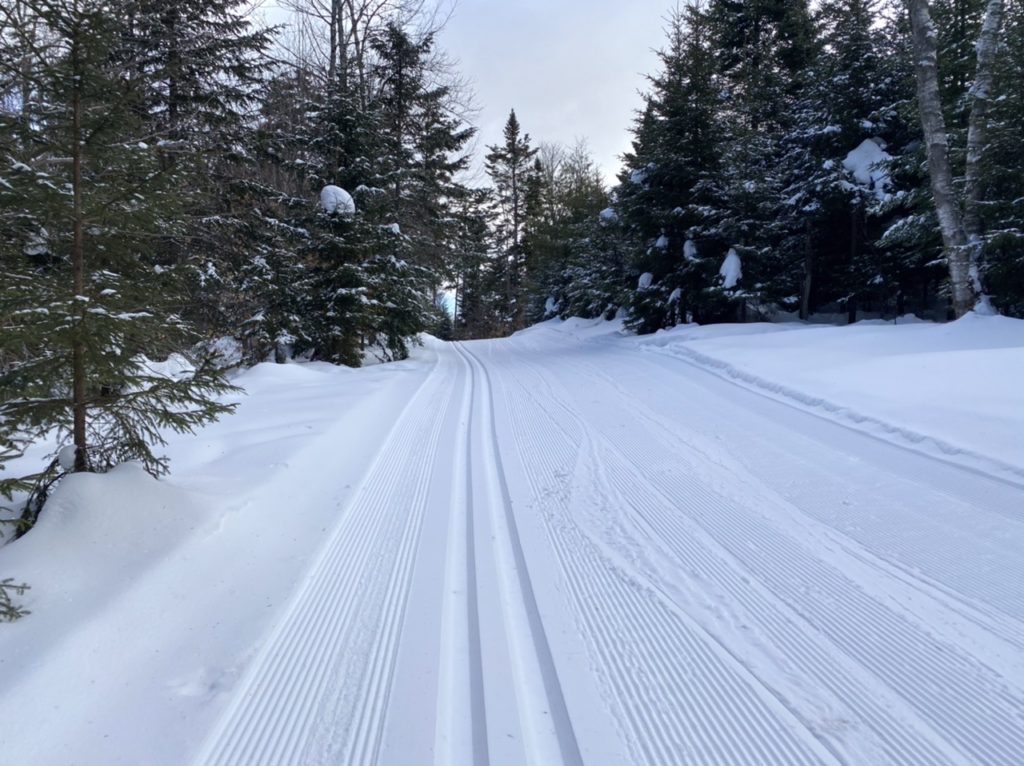
Beyond the routine aspects of training and racing, cross country skiing has always been a form of meditating. While it is fun to head out with friends, I enjoy gliding along by myself: settling into a rhythm, embracing my surroundings, and being alone with my thoughts. It is a zone I cherish, one that I have been blessed to inhabit on a daily basis this winter.
With all of the big races cancelled, including the World Masters Championships that I had been targeting, this year’s season has assumed a different form. Last month, I drove to Jackson NH to compete in a “virtual” race. People timed themselves on a specified course over a week, and results were then posted on line. The drive alone, through northern Vermont and New Hampshire on a bluebird day, was worth the whole trip. Here is the view of the Presidential Range and Mount Washington Hotel, taken out my car window.
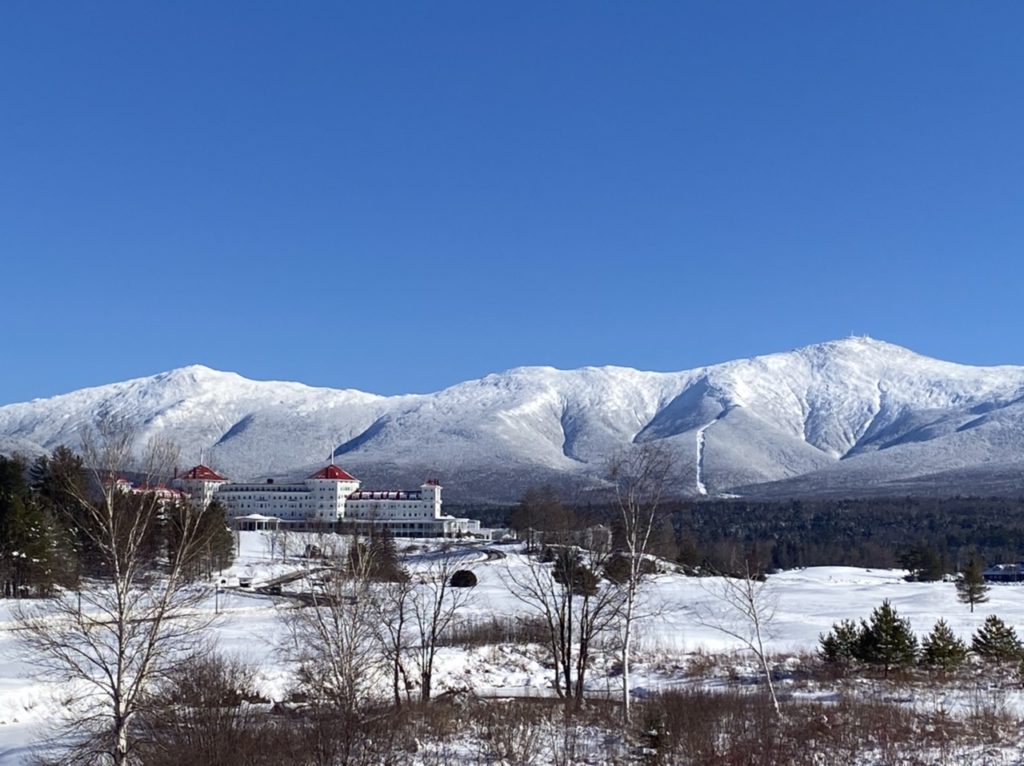
I treated the virtual race just like a normal race; slaving over my wax prep the night before, pulling on my racing uniform, and skiing the 20 kilometers solo as hard as I was capable of. Friend Gillian Kellog, who along with her husband Charlie coached me on the Eastern Junior National Team over 40 years ago, came out to cheer. As Gillian and I skied together afterwards, I was struck by how much the satisfaction derived from a virtual race is similar to a “real” race. Additional satisfaction came a week later when the cumulative results were posted. Only four people skied the course faster than me: three current college racers, and someone who was one of the top college racers in the country 10 years ago.
A couple of weeks later, together with friends Colin and Bob, I competed in a real race: the Walter Chapman 50 Kilometer ski marathon on the sparsely populated Tug Hill plateau in upstate New York. Getting there served up another gorgeous drive, this time through a remote corner of the Adirondaks.
The race course, rolling through dense forest, was made additionally challenging by steady snow that started falling at the start. Again, I skied as hard as I am capable of and felt really good the whole way. This time I didn’t need to wait a week for the results. To my surprise and delight, I won. Not only my age group, but the entire race! Just like Jackson, the post race feeling of satisfaction was gold. Here is a photo of Bob and me after the race, getting ready to hop in our cars and head home, as the snow continued to fall.
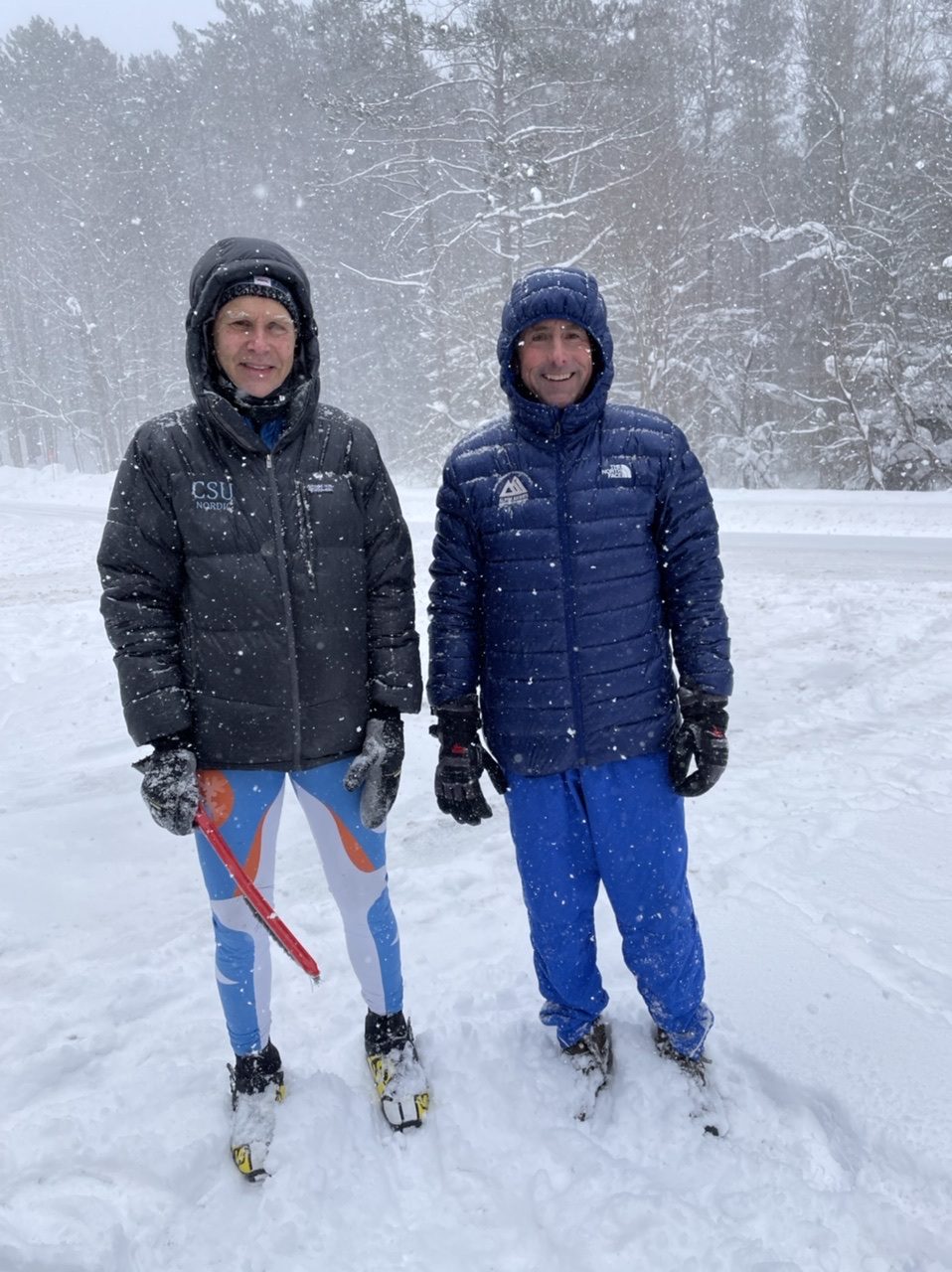
This year’s ski racing season hasn’t ended up looking like I thought it would. I have basically trained like a madman in order to ski one virtual race and one marathon. But it has been deeply rewarding. It has also stripped racing down to an existential core: motivation to train hard on a daily basis, a reason to push one’s body to the limit and see how it delivers, and the personal satisfaction that comes from doing both.
I have found one more race to enter, in Maine on March 7. I will give that race all I’ve got and then call it a season, thereafter focusing 100% of my energy on Everest.
Speaking of Everest
The big news is that Everest is looking like it will happen. While China is keeping the north side closed to foreigners, Nepal is tracking to open the south side. Prospective climbers will need to navigate a maze of Covid testing, quarantines, and unique insurance requirements. More importantly, they will have to manage disease risk traveling to Kathmandu, on the 10 day approach trek to base camp, and in base camp itself. Covid is not something you want to experience at the base camp elevation of 17,600 feet, to say nothing of higher on the mountain.
These factors have caused a number of expeditions to cancel their climbs. Judging from climbing permits issued, it appears that roughly half the number of people will be on Everest this year relative to the recent past. This could end up being good news for those that decide to go for it. While overcrowding on the mountain is less of an issue than the press coverage would suggest, it remains a concern, especially in years like 2019 when the weather pattern allowed very few days that the summit could be attempted. (More on this in a future blog post).
The Alpine Ascents expedition I am a part of is going for it. The team consists of seven of the original nine of us who were planning to climb Everest last year. It started to feel real when we gathered on a Zoom call recently with our guides and expedition organizers. In a sign of the times, much of the discussion focused on how we will manage Covid risk. A comment by Todd Burleson, the legendary founder of Alpine Ascents, hit home: “This year, whether you have been able to get vaccinated may be a primary determinant of whether you get a chance to summit.”
Since that Zoom call, I worked every angle imaginable to volunteer at a vaccination center, as I didn’t otherwise qualify and volunteers are given the vaccine. But it turns out that in order to volunteer you need medical experience, which I completely lack. Having exhausted all avenues, I resigned myself to heading to Everest anyway and rolling the Covid dice.
Then lightening struck. Massachusetts modified its rules to allow adults of any age to get vaccinated if they accompany someone over the age of 75. Last weekend, Jill’s 86 year old mother Carolyn and I headed to the vaccination center at Fenway Park, where we both got our shots.
The operation ran like clockwork. Friendly volunteers checked us in, everyone wore masks and maintained respectful distance, and you could sense a collective feeling of relief and gratitude among those in line. It all felt a bit like a dream. When I rolled up my sleeve and a volunteer gave me the shot, a surprise wave of emotion welled up and I said the one thing that came to mind: “thank you so much”. She replied : “Glad to be a part of it. I am a nurse. We like helping people”.
Here is a photo of us in the observation area afterwards. I should note that Carolyn, a loyal reader of this blog, is a very spry 86 year old and typically gets around more than fine without a wheelchair. In this instance, she accepted one when offered.
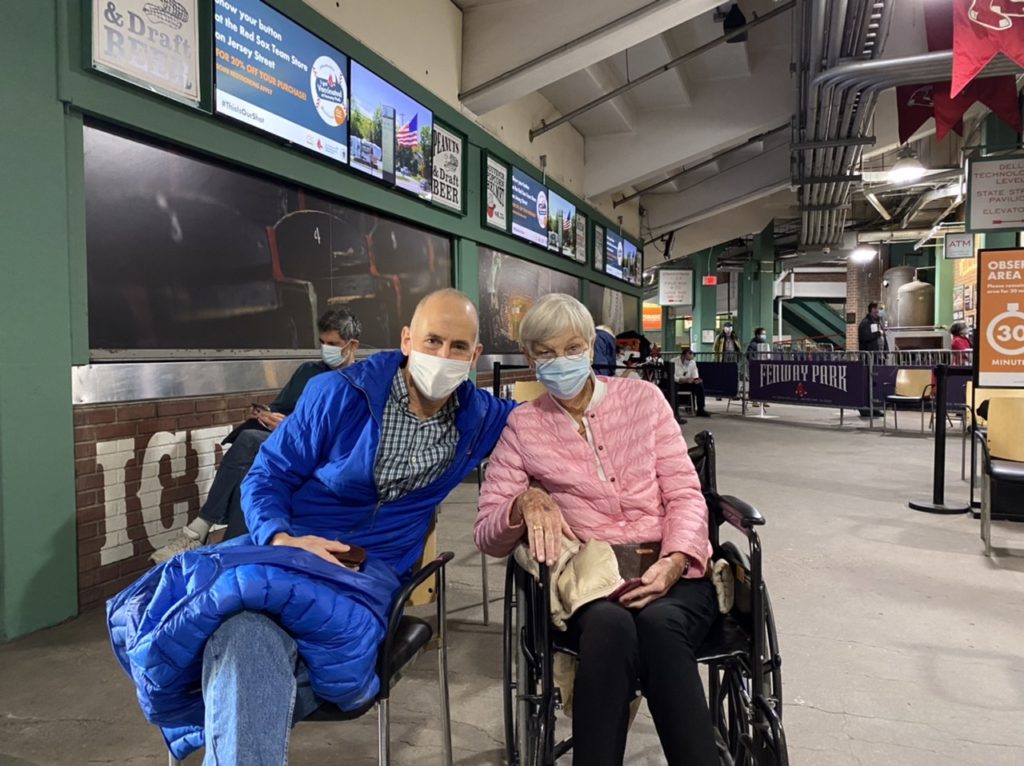
Driving home, I commented to Carolyn that the whole experience made one feel proud of our government and social institutions. It was a great feeling. However, I am mindful that most people in my age cohort, including Jill, have yet to get the vaccine. I post about my personal good fortune with hesitancy.
Being vaccinated is a game changer for Everest, removing a major variable and worry. Perhaps more importantly, (if the emerging vaccine findings hold up), it reduces the chance I am an agent for spreading the virus in a country with limited health infrastructure.
I am scheduled to fly to Nepal on March 28. Last year, the climb got cancelled two weeks before departure. I am cautiously optimistic that this year is different. Things are coming together.
